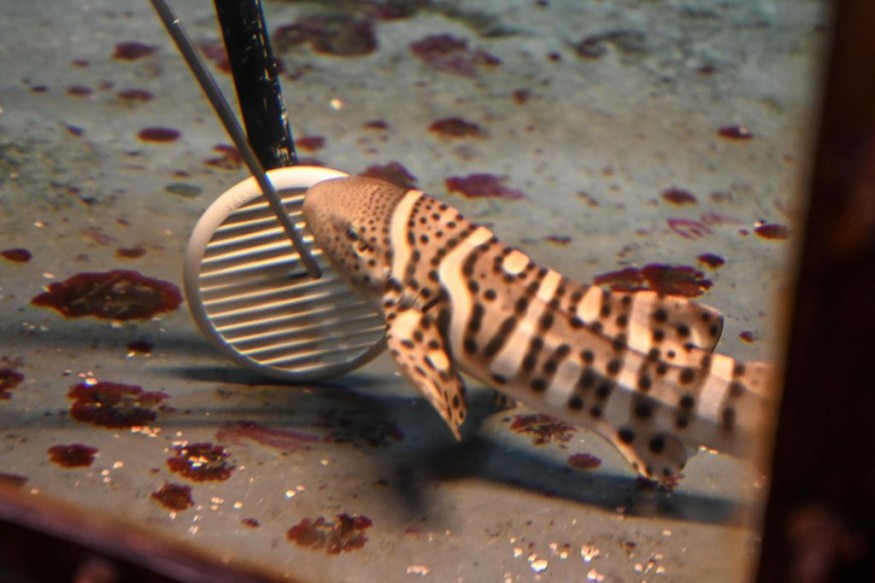Zebra shark population is being restored in Indonesia by dozens of international organizations.
As part of its progress, conservationists and scientists had released two baby zebra sharks.
The declining population of the once marine predator was attributed with human activities.
Zebra Shark Population Restoration

Charlie and Kathlyn are the first out of 500 zebra sharks that is set to be released into the wild again in Indonesia.
This is an attempt to revive the endangered shark species in the region, mainly around the archipelago in the West Papua province of Indonesia, a site where the sharks have nearly disappeared, with only three individuals being seen in the area between 2001 and 2021, the Daily Mail reported.
Indonesian marine scientist, Nesha Ichida, who helps the organization ReShark, told National Geographic that this initiative is a significant milestone, as cited by the UK-based newspaper.
The zebra shark population restoration in Indonesia is situated in Raja Ampat, where a massive nursery is located where zebra shark eggs called "mermaid purses" are being shipped and developed, allowing the baby sharks to swim in their temporary, man-made home before being re-introduced in the wider ocean.
The restoration project is collaborated by organizations from 15 countries to bring back 500 zebra sharks to their natural habitats in the Southeast Asian country.
ReSHark Project
The sneak peek into the conservation program was conducted by National Geographic, which a total of 15 aquariums from around the world teaming up raise the endangered baby sharks, which were nearly driven toward extinction.
Nat Geo photographers Jennifer Hayes and her husband David Doubilet documented the process of "rewilding" in the waters of Raja Ampat, the archipelago in the said Indonesian province, where the slow-moving sharks almost annihilated due to fishing, ABC7 Chicago reported.
What is a Zebra Shark?
Zebra sharks (Stegostoma fasciatum) are large "nocturnal foragers" that lives in coral reef habitats in tropical waters, mainly in the Western Pacific Ocean, Indian Ocean, and the Red Sea, where they can pass through narrow crevices and caves in search of food, according to Oceana, a charity and conservation organization.
S. fasciatum received its common name due to its colored stripes around its body, ranging from brown and yellow upon being born and transforms into small black dots, resembling the land mammal zebras and leopards.
Due to their appearance and quality of meat, the marine animals are vulnerable to overfishing and even illegal meat trade.
Endangered Species
Oceana highlights that humans pose as the largest threat to zebra sharks, just like other sharks.
For decades, marine scientists and conservationists have raised the matter of disruptive, life-threatening human activities.
In particular, inshore fisheries and the zebra shark market have contributed to the shark species' extinction.
The meat can be sold throughout Indonesia, Malaysia, Thailand, and the Philippines, according to the organization.
With this, the zebra sharks are classified as an endangered species under the IUCN Red List.
Related Article : Virgin Birth: Chicago Zebra Shark Gave Birth Asexually Inside Aquarium
© 2025 NatureWorldNews.com All rights reserved. Do not reproduce without permission.





